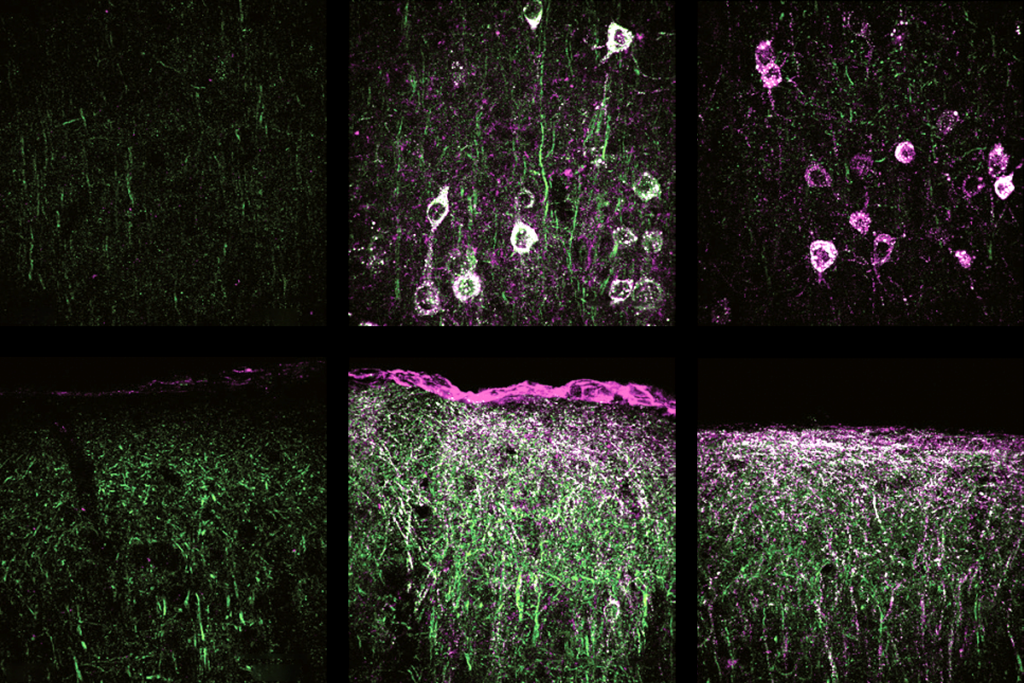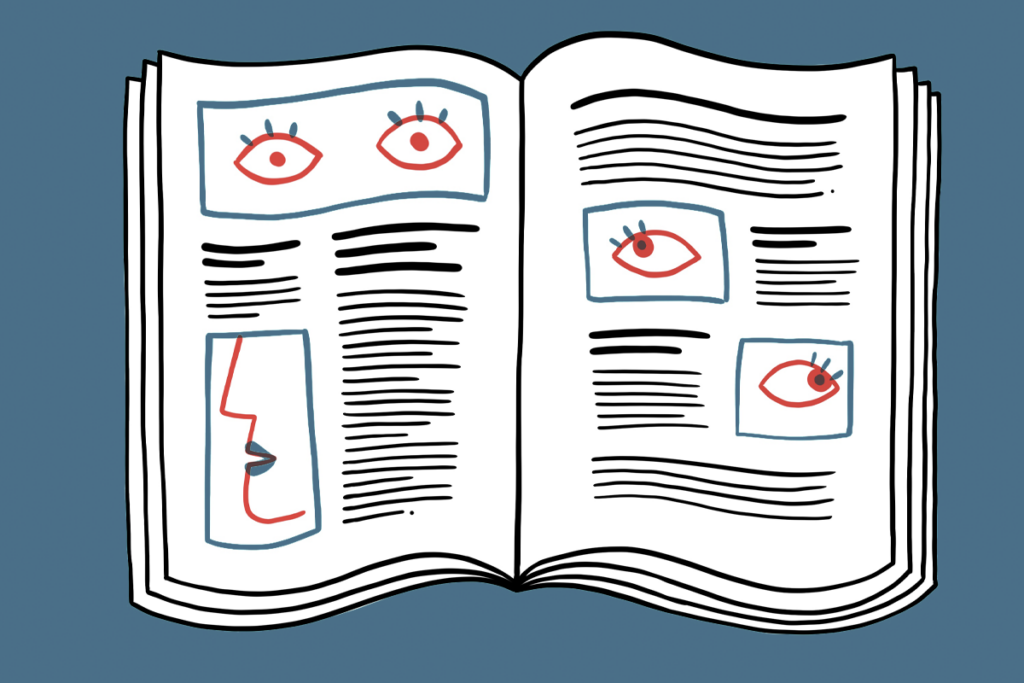Jacqueline Crawley is professor emeritus of psychiatry and behavioral sciences at the University of California, Davis.
Jacqueline Crawley
Professor
University of California, Davis
From this contributor
Optimizing behavioral assays for mouse models of autism
As the number of autism rodent models climbs, it is a good time for the field to step back and consider the best practices for assessing autism-like symptoms in rodents, says Jacqueline Crawley.

Optimizing behavioral assays for mouse models of autism
Transparent reports
New standards for animal studies, including an emphasis on replicating results and the publication of negative findings, are vital for research progress, says Jacqueline Crawley.
Promises and limitations of mouse models of autism
Good mouse models of autism, and accurate tests to assay their phenotypes, are key to both narrowing down a cause and developing effective treatments, argues expert Jacqueline Crawley.

Promises and limitations of mouse models of autism
Explore more from The Transmitter
Gene replacement therapy normalizes some traits in SYNGAP1 model mice
The first published virus-based gene therapy for SYNGAP1 deletion yields benefits despite the gene’s long length and complexity.

Gene replacement therapy normalizes some traits in SYNGAP1 model mice
The first published virus-based gene therapy for SYNGAP1 deletion yields benefits despite the gene’s long length and complexity.
Does AI understand what it produces? Henk de Regt explores how we might assess understanding in machines and humans
Building on his philosophy of how scientists understand what they work on, de Regt is extending his approach to test understanding in machines.
Does AI understand what it produces? Henk de Regt explores how we might assess understanding in machines and humans
Building on his philosophy of how scientists understand what they work on, de Regt is extending his approach to test understanding in machines.
Role of maternal factors in autism; and more
Here is a roundup of autism-related news and research spotted around the web for the week of 17 November.

Role of maternal factors in autism; and more
Here is a roundup of autism-related news and research spotted around the web for the week of 17 November.